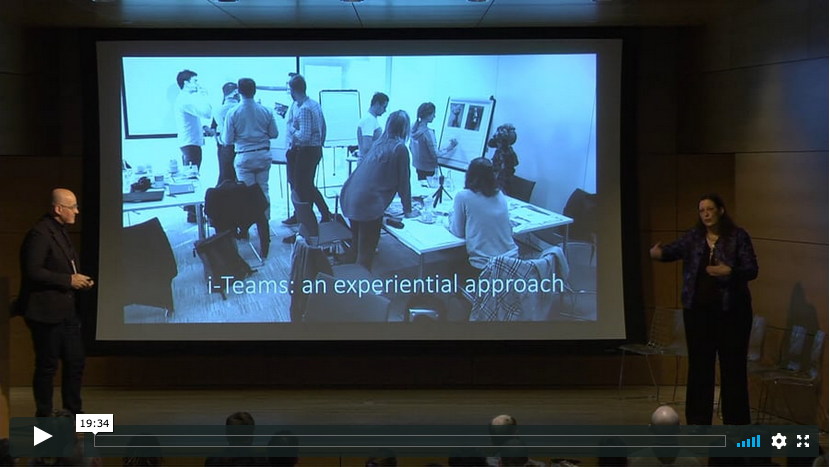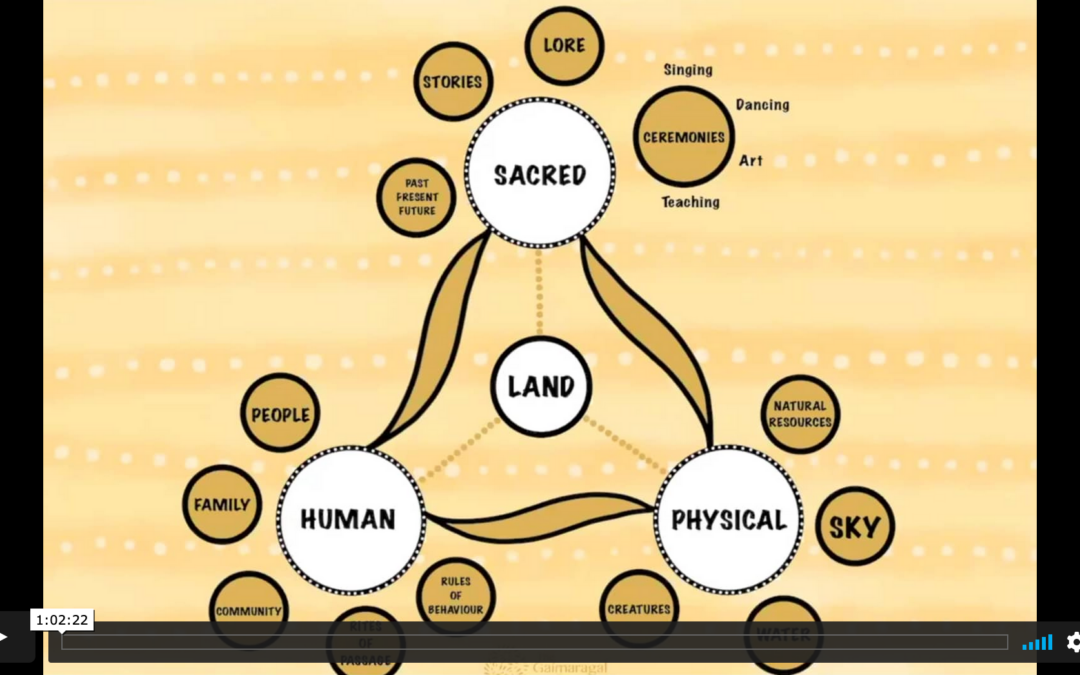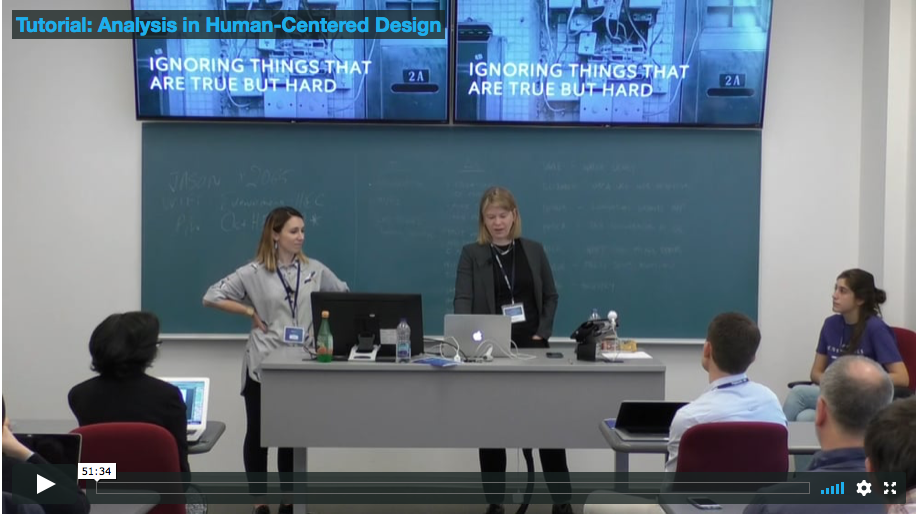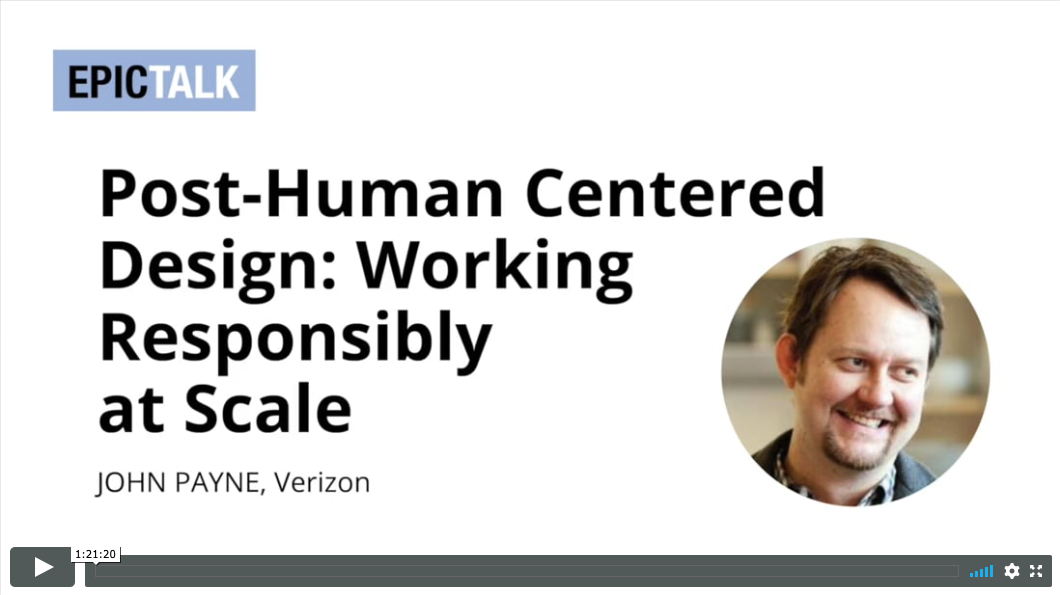Introducing an emerging context for human-centered design work, this paper extends previous EPIC literature on startup innovation upstream into university science commercialization. It provides new perspectives on how the human-centered design community can engage with scientific models of agency...





